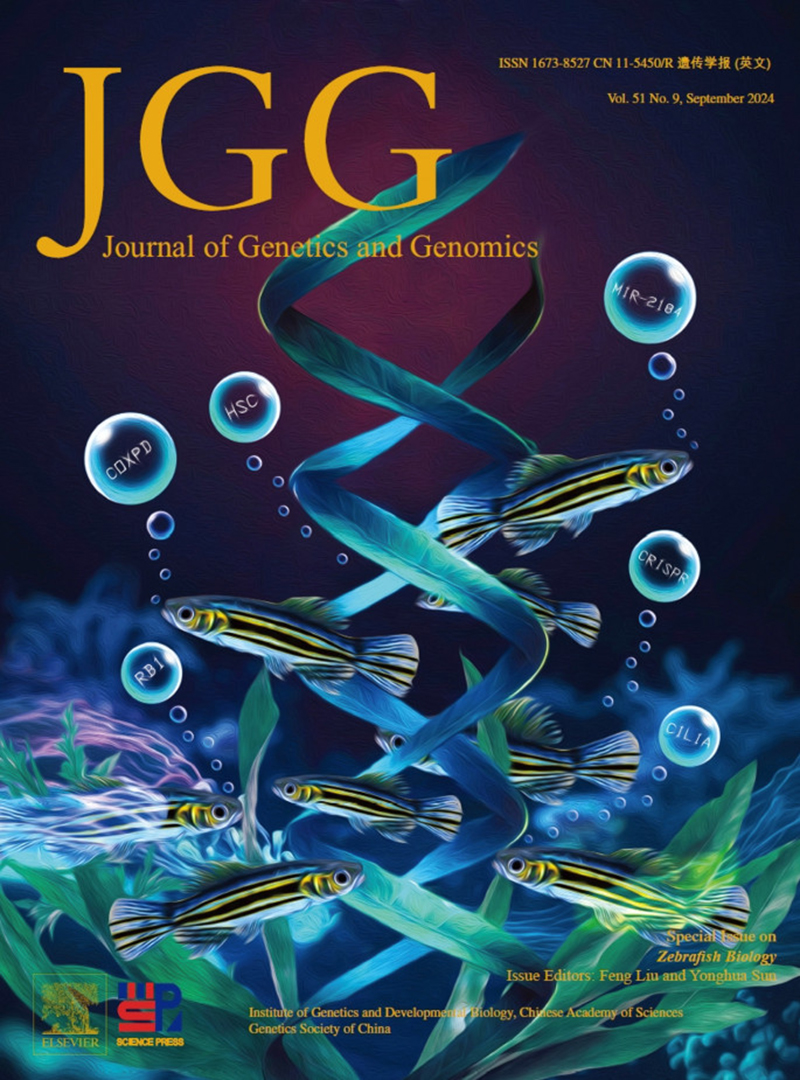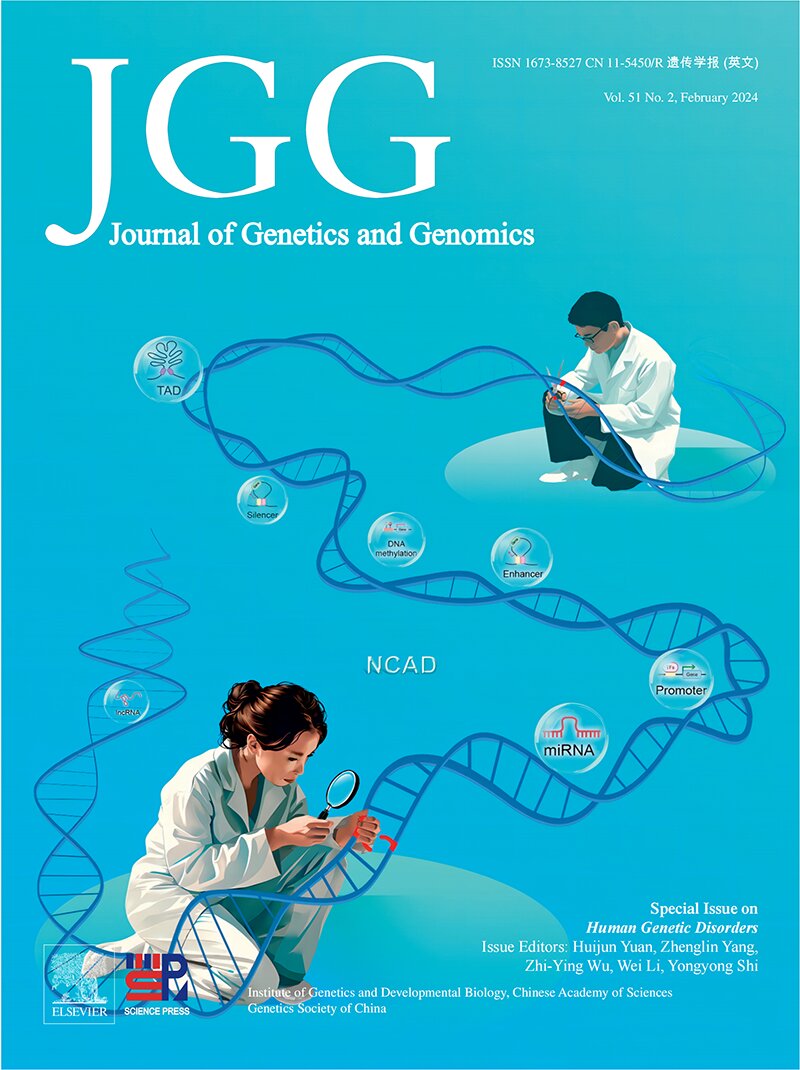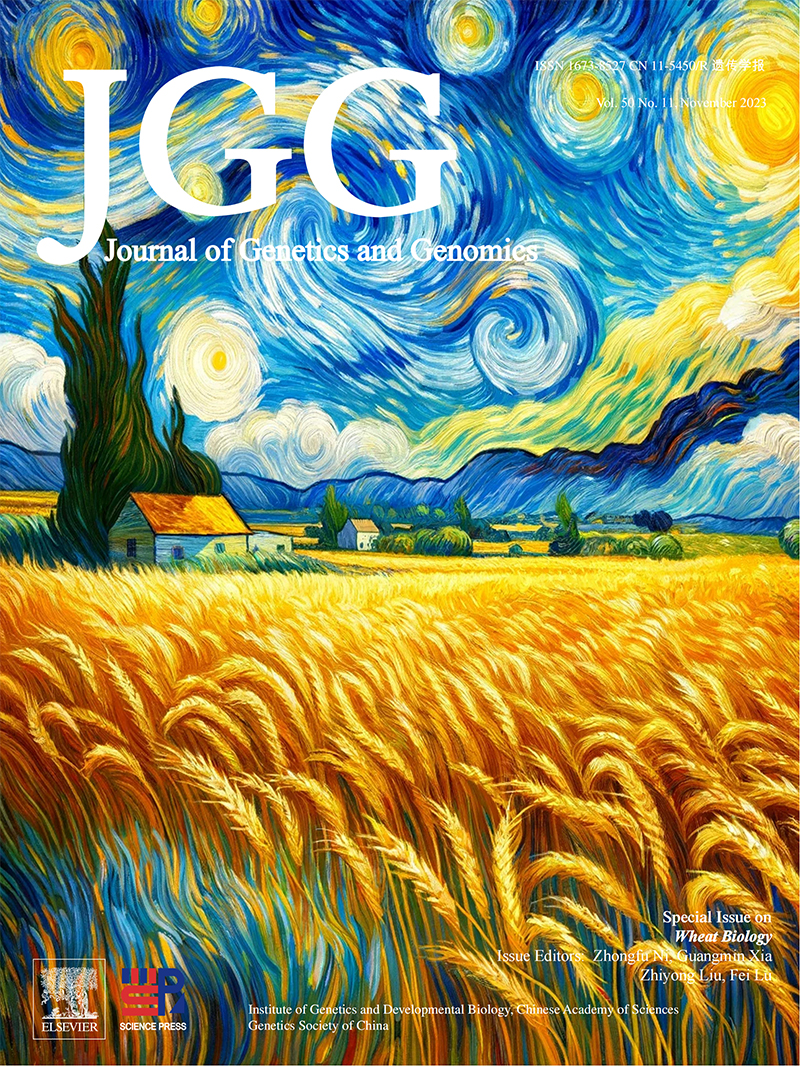, Available online ,
doi: 10.1016/j.jgg.2025.09.003
Abstract:
, Available online ,
doi: 10.1016/j.jgg.2025.09.004
Abstract:
, Available online ,
doi: 10.1016/j.jgg.2025.09.002
Abstract:
, Available online ,
doi: 10.1016/j.jgg.2025.09.001
Abstract:
, Available online ,
doi: 10.1016/j.jgg.2025.08.012
Abstract:
, Available online ,
doi: 10.1016/j.jgg.2025.08.011
Abstract:










